Coffee beans purchase skills how to choose coffee beans? How to choose coffee beans?
Reference index of coffee bean grading
In fact, at present, there is no unified classification in the coffee industry, and each country of production is divided into different levels. For example, Brazil sets NO.2 as the highest level and Jamaica sets NO.1 as the highest level.
As for individuals, because people's preferences and taste are different, grading can not fully show the flavor of coffee, it is more about the quality of coffee, so the level of coffee is not very important to me. I don't think we can know until we taste the good coffee. Moreover, domestic coffee stores usually do not mark the grade, can only see Colombian coffee, Mantenin coffee, Kenya coffee and so on, but do not see the grade. So, taste is the last word.
However, generally speaking, we can make reference to the following three indicators for grading:
(1) the size of coffee beans
Some people say that the size of beans will not affect the flavor of coffee, such as Yemen Mattari, beans have large and small particles, but it is still the top grade of coffee. However, in many producing areas, the size of coffee beans is indeed a valuable indicator.
This classification is generally used in Kenya, New Guinea, Puerto Rico, Zimbabwe, Tanzania and Uganda. In addition, this classification is also used in many Brazilian coffee.
(2) the number of defective beans
This is the earliest method of grading and is still used in many parts of Brazil. The method of identification is to randomly take 300 grams of samples, find out the defective beans in the samples, and accumulate different scores according to the types of defects. After the identification is completed, it will be rated as Gr2~Gr8 according to the accumulated defect score, but there is no Gr1. If you want to buy first-class Brazilian beans, it will make a joke.
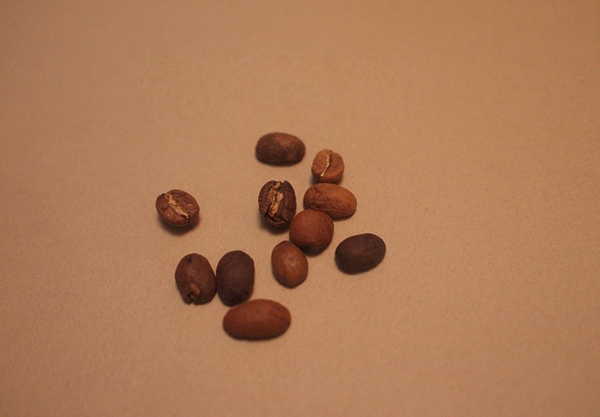
Picture: defective coffee beans
Indian and Ethiopian coffee beans are also graded in this way. Indonesian beans are mainly classified into 6 grades: Gr1~Gr6. Ethiopia is divided into five grades, in which Gr1~Gr2 reserved water for washing beans, Gr1 represents only 3 defective beans per 300g raw beans, while Gr2 represents 412 defective beans per 300g; sun bean quality is Gr3, Gr4 or Gr5 in order.
(3) the origin of coffee beans
Coffee beans are processed from the fruits of coffee trees, which grow at 25 degrees north and south latitudes around the equator (pictured below), that is, tropical and subtropical regions.
At present, there are more than 60 coffee producing countries, which are produced in South America, Central America, the West Indies, Asia, Africa, Arabia, the South Pacific and Oceania.

Picture: coffee producing countries all over the world
The best quality coffee beans in the world are produced in Indonesia and Colombia. In terms of production, Brazil ranks first in the world's output, accounting for about 30%, followed by Colombia-centered Central and South America, followed by Africa and Arabia, and the remaining 10% are distributed in Asia and the islands.
In addition, Central American countries such as Guatemala, Costa Rica and El Salvador are located in mountainous areas. The farms in the territory are located in different mountain areas, so the height of the origin can also be used to distinguish the quality of coffee.
(4) the new and old coffee beans
New coffee is called "new bean", which refers to the coffee raw beans harvested that year. The raw coffee beans produced the year before are called "old beans". The raw beans harvested in earlier years are called "old beans". Only the new beans produced in that year are high-grade products, because the taste and aroma of new beans are relatively rich.
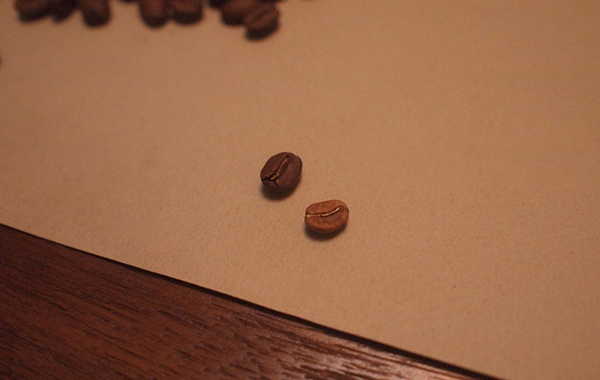
Picture: comparison of new and old coffee beans
The treatment of raw coffee beans
After the coffee fruit is picked, the coffee bean must be stripped out of the coffee fruit as soon as possible. There are generally the following ways to deal with it:
Water washing, that is, the coffee fruit is immediately picked when it turns red, the hard peel is removed by machine, the sticky berries are exposed, and then thrown into the pool to ferment. In about a day or two, the bacteria will eat most of the pulp attached to the seeds. The whole fermentation process needs to be monitored by the old master, if it goes too far, it will destroy the quality of coffee beans. After the berries are removed by fermentation, rinse the residual pulp attached to the seeds with clean water.
Then there is the drying process, it is best to lay the ground for sun drying, the flavor is better, but if it rains, it can also be dried by machine, and the temperature should be controlled well. Dry and then polish.
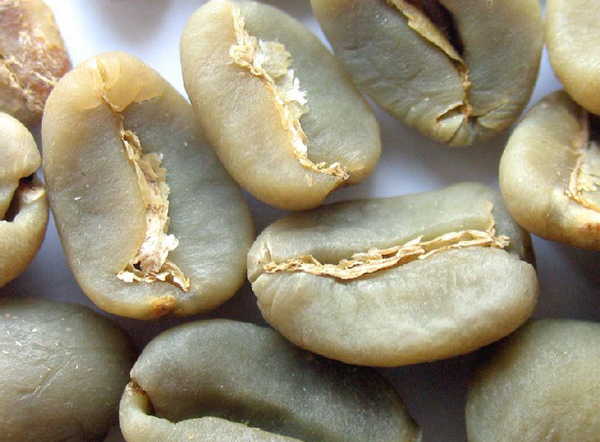
Photo: blue-green washed coffee and raw beans
Generally speaking, washed beans are bluish green, beautiful, and have a clear and bright sour taste. Guatemala, Colombia, Blue Mountains, Cana, Kenya, Java and Panama coffee beans are all washed beans. Washing is used in Latin America with the exception of Brazil.
This kind of treatment process requires more capital and energy investment, and the cost is higher, but it helps to ensure the quality of coffee beans and reduce the loss.
There is also a semi-washing method. The first step is the same as washing. The fruit is picked when it turns red, but it is not thrown into the fermentation pool. Instead, the pericarp is removed by a machine, the berries are spread on the ground, dried and then moistened, and the dried flesh is ground with a special machine to remove the seeds. Mantenin in Indonesia is mostly semi-washed. Brazil has also used semi-washing in recent years, which is the only country in the world that has both sun, water and semi-washing treatments.
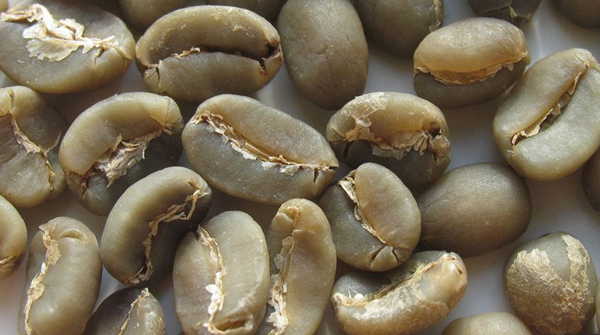
Picture: half-washed coffee and raw beans
The rule of the sun is to take the red fruit to dry directly and then force peeling and shelling. In this way, beans often have defects and are not beautiful. Beans dried in the sun are often made of foreign bodies or stones. The flavor of the beans treated by this method is complex, with the taste of the sun, the fruit flavor is very strong, and the consistency is better than that of washing, but the appearance of beans is not good. General Brazilian beans as well as Manning and mocha are typical sun-treated beans.
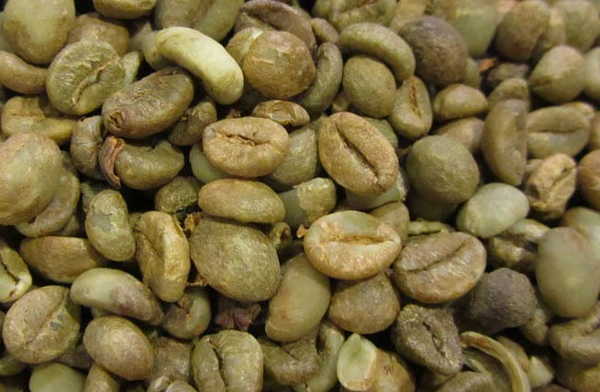
Picture: sun-dried coffee and raw beans
Roasting and mixing of coffee beans
When there are good coffee beans, the most important step to make them high-quality coffee is roasting and mixing.
In general, raw beans have a pungent earthy smell, and after the correct baking "fragrance", it will emit a strong aroma. In fact, raw beans contain 700 to 800 aromatic ingredients, which must be "awakened" by baking.
First of all, after baking more than 200℃, the water begins to evaporate, the volume expands by more than 50 per cent, and the weight is reduced by 10 per cent and 25 per cent depending on the degree of baking. The deeper the baking, the more weight loss.
In addition, raw beans release carbon dioxide during baking and will continue to exhaust within 30 days after baking. What is interesting is that this exhaust contributes to the preservation of coffee beans, because oxygen molecules are not easy to invade in this process, and the oxidation that destroys the flavor of coffee cannot be carried out. Then the exhaust gradually slows down after 7 days of baking, the oxygen molecules are easily attached to the bean table, and the coffee flavor is easy to decline, which is an important reason why coffee beans are best used up within a week after opening.
Professional coffee is generally roasted in small batches. The most common methods are: tympanic baking and hot air baking.
The drum roaster puts the coffee beans in a rotating vat and burns gas or wood to bake them. When the desired baking degree is reached, the coffee beans can be poured into a cooling funnel to prevent overbaking.
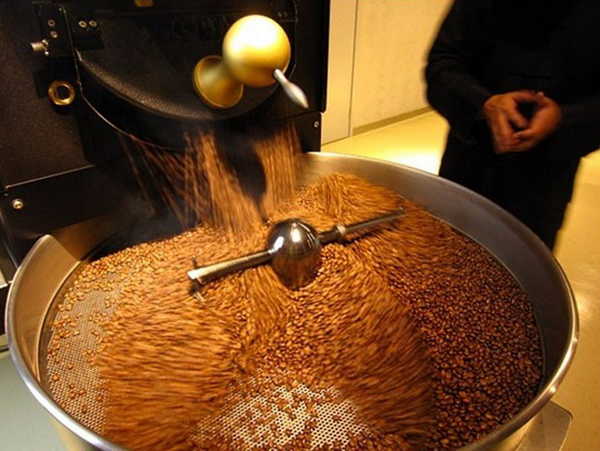
Figure: tympanic baking method
Hot air roaster, also known as fluidization air roaster, roasts coffee beans by rolling them in hot air. Most raw coffee beans are roasted at a temperature of nearly 400 degrees.
The roasting degree is roughly divided into shallow roasting, medium roasting and deep roasting, but there is no unified standard in the coffee industry. American baking degree classification is used at most in the industry, as shown in the following table:
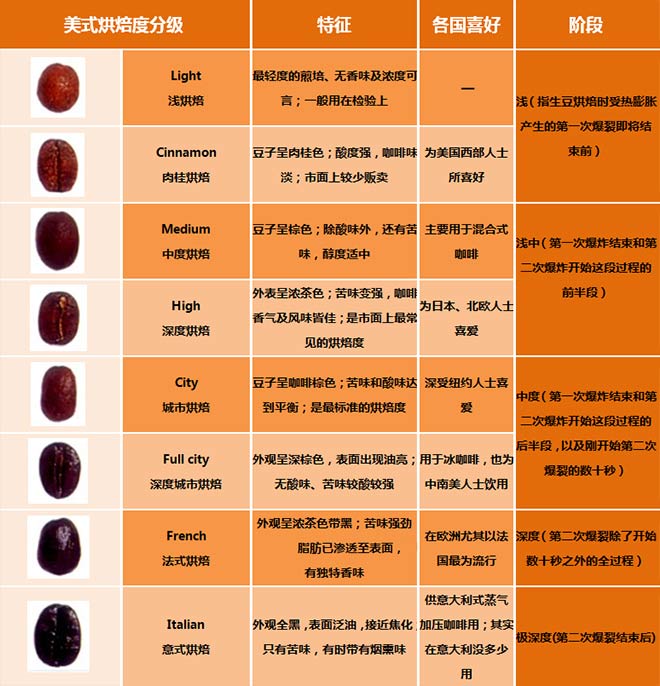
Picture: American roasting grade of coffee beans
There are more than 100 coffee producing areas in the world, and their coffee beans have their own characteristics. The mixing of coffee beans is to balance the flavor of coffee in order to create an unparalleled delicacy.
A single coffee bean generally lacks the complex flavor necessary to make a delicious cup of coffee. Many blends contain three to seven different types of coffee beans. In Italy, for example, some Robster beans are added to mixed coffee to increase the complexity of its fat, caffeine and coffee flavor.
Roasters understand the characteristics of each kind of coffee beans and mix them artistically to create a desired new flavor. It is said that the knowledge of roasters mixing coffee beans is the highest industry secret.
But as for baking or mixing first, this has always been a controversial issue among bakers. Generally speaking, each product is roasted first and then mixed, which will maximize the different flavor characteristics of each kind of coffee and produce the best effect. The classic Blaser coffee beans launched by the Swiss coffee maker use this way to bring you the most delicious coffee.
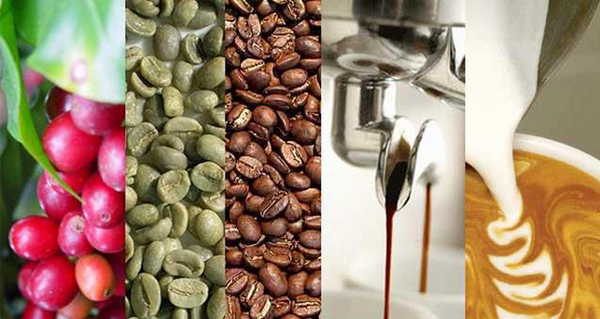
Photo: Swiss Blaser Classic Coffee beans
This is the end of the basic knowledge about coffee beans. The following article will share the grade distribution of coffee beans in my mind from the perspective of origin and specific brands. Friends who are interested in coffee beans are welcome to continue to pay attention.
Important Notice :
前街咖啡 FrontStreet Coffee has moved to new addredd:
FrontStreet Coffee Address: 315,Donghua East Road,GuangZhou
Tel:020 38364473
- Prev
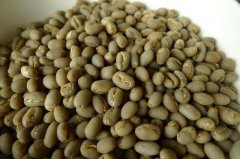
Is Peaberry good or bad in coffee beans? Knowledge of round beans
Peaberry or caracoli is a variety of coffee beans. In fact, male beans are a defect, officially speaking, coffee beans that cannot develop normally. The causes are usually insect damage, drought, or malnutrition of coffee trees. Under normal circumstances, the fruit of the coffee tree contains two coffee beans, each of which is flat and hemispherical.
- Next

Common coffee beans are classified according to taste, sour, bitter, sweet and mellow.
Sour taste: mocha, Hawaiian sour coffee, Mexico, Guatemala, Costa Rica high real estate, Gillimanjaro, Colombia, Zimbabwe, El Salvador, Western Hemisphere washable high-grade new beans. Bitter: all kinds of old beans from Java, Mantenin, Bogota, Angola, Congo, Uganda. Sweetness: Colombian Maitenin, Venezuelan old beans, Blue Mountain, Kyrgyzstan
Related
- Guji coffee producing area of Guji, Ethiopia: Humbela, Shakiso, Wulaga
- What is the most expensive variety of Qiloso in BOP multi-variety group?
- How to store the coffee beans bought home?
- Why are Yemeni coffee beans so rare now?
- Ethiopian Sidamo all Red Fruit Sun Sun Santa Vini Coffee beans
- SOE is mostly sour? What does it mean? Is it a single bean? what's the difference between it and Italian blending?
- Is Italian coffee beans suitable for making hand-brewed coffee?
- How to choose coffee beans when making cold coffee? What kind of coffee beans are suitable for making cold coffee?
- Just entered the pit to make coffee, what kind of coffee beans should be chosen?
- Can only Japan buy real Blue Mountain Coffee? What are authentic Jamaican Blue Mountain coffee beans?

